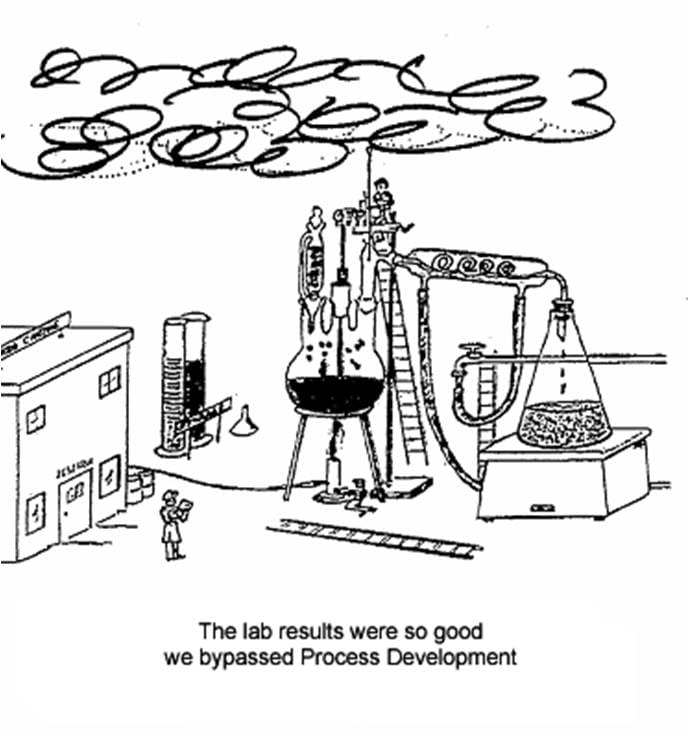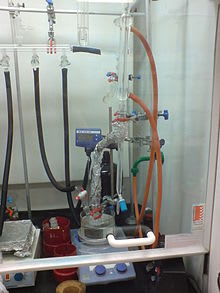I have emulsion polymerization reactors that have a various amount of water, miscible and immiscible monomers (styrene, vinyl acetate, various acrylic polymers), and emulsifying surfactants. In the past, to evaluate peak pressure from runaway scenarios I have treated the system as a completely immiscible system for the liquid-liquid-vapor equilibrium, comprised of water in one phase and the organic monomers in the other. This was the most conservative approach, as each phase contributes independently to vapor pressure and gives the largest potential pressure at a given temperature.
However, in recent calorimetric sizing for vents from our reactors, developed pressures were significantly less than I had calculated using the completely immiscible assumption. Even the small amounts of miscibility that are normally associated with water-monomer mixtures (perhaps 1%) would not cause this significant deviation from that assumption. I can only surmise that the emulsification of the monomer somehow affects the vapor pressure. Does anyone have any theoretical background on what effect emulsification agents have on LLVE?
It would be nice to have a better means of estimating the LLVE, as I could then start exploring heat loads on overhead condensers theoretically as well as emissions speciation through our emissions control system.
However, in recent calorimetric sizing for vents from our reactors, developed pressures were significantly less than I had calculated using the completely immiscible assumption. Even the small amounts of miscibility that are normally associated with water-monomer mixtures (perhaps 1%) would not cause this significant deviation from that assumption. I can only surmise that the emulsification of the monomer somehow affects the vapor pressure. Does anyone have any theoretical background on what effect emulsification agents have on LLVE?
It would be nice to have a better means of estimating the LLVE, as I could then start exploring heat loads on overhead condensers theoretically as well as emissions speciation through our emissions control system.

![[bigsmile] [bigsmile] [bigsmile]](/data/assets/smilies/bigsmile.gif)

